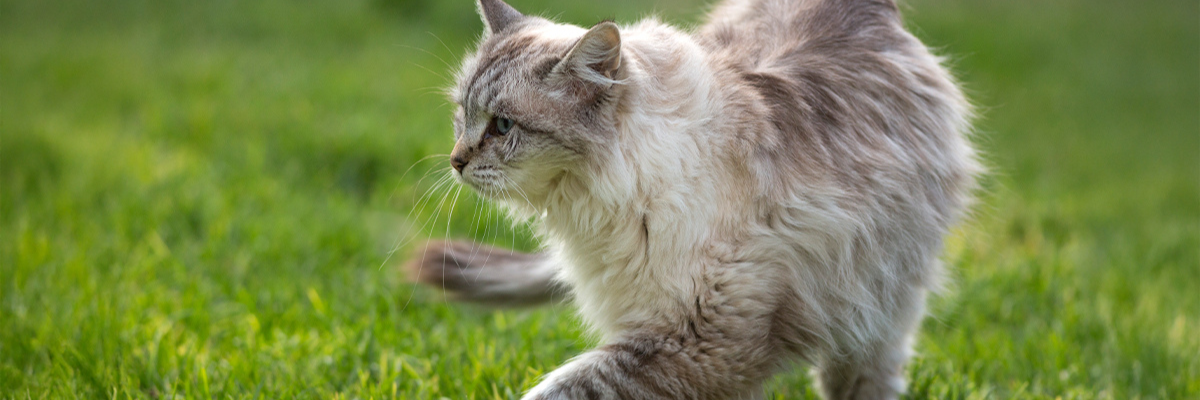The tick season continues – how to protect your pet against the dangers of late summer and autumn
Even though August turns to autumn, the tick season is not yet over – far from it.
Ticks remain active as long as the temperature stays around +5 °C. In practice, this means they can be on the move well into October–November, especially in southern Sweden where the weather stays mild for a long time. They can even remain awake throughout the winter in places such as wood piles, becoming active again when the weather warms up.
Ticks thrive best in moist, shady places such as grasslands, undergrowth, and forest edges.
What diseases can ticks spread?
In Sweden, ticks can transmit two serious diseases:
Borrelia (Lyme disease)
A bacterial infection that also occurs in dogs. In cats, borrelia is very rare, but possible. Symptoms may include stiffness, lameness, fatigue, fever, loss of appetite, and swollen joints.
Note! Symptoms may appear weeks or even months after the bite, and the bite site is not always noticed. Diagnosis requires a blood test, and treatment is with antibiotics.
Tick-borne encephalitis (TBE)
A viral disease that occurs in humans, particularly in certain risk areas. In animals, it is still very rare in Sweden, but possible especially in dogs. There is no curative treatment, but humans can be vaccinated against it.
Other possible but rarer tick-borne diseases include anaplasmosis and babesiosis, but these are still very uncommon.
How do you protect your pet from ticks?
-
Tick preventives: Available from pharmacies and veterinarians. Choose a suitable product for your pet (tablet, spot-on solution, tick collar).
-
Check the coat regularly: Especially the head, behind the ears, armpits, and groin, which are favorite spots for ticks.
-
Keep the grass short: A well-kept yard helps keep ticks away.
-
Avoid dense undergrowth on walks: Choose more open paths if possible.
-
Use a tick comb: Especially for long-haired pets, combing regularly helps remove ticks.
When you protect your dog or cat from ticks:
-
You reduce the risk of your pet getting sick
-
You prevent ticks from entering your home
-
You slow down the growth of the tick population in your area
Small measures make a big difference!
Tick reproduction depends on the number of blood meals
A lesser-known fact is that the fewer blood meals ticks get, the less they reproduce. Each blood meal – whether from a human or an animal – allows the tick to move on to its next stage of development. Without a meal, a larva does not become a nymph, and a nymph does not become an adult. Fewer blood meals therefore slow down the growth of the entire tick population.
This means that by protecting ourselves and our pets, we also help in the long term to reduce the number of ticks.
Tick season does not end when summer ends
– it continues as long as the temperature is above +5 degrees. As pet owners, we have a special responsibility not only for our animals’ well-being but also for tick safety at home. The fewer blood meals ticks get, the less they reproduce – and that benefits us all.
So let’s take care of our furry friends, and at the same time reduce the power of ticks in nature!


